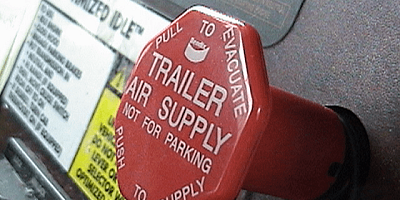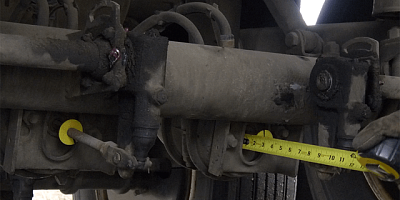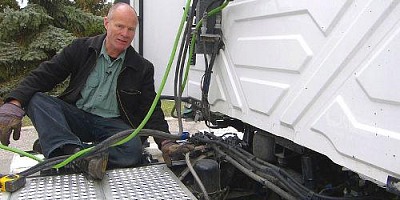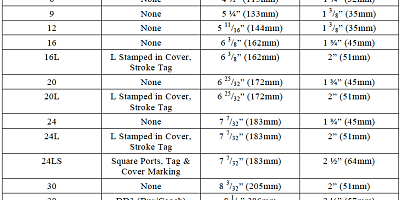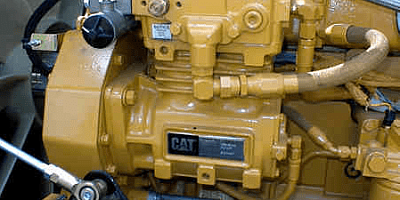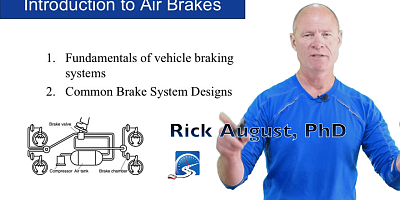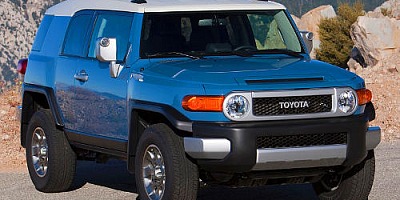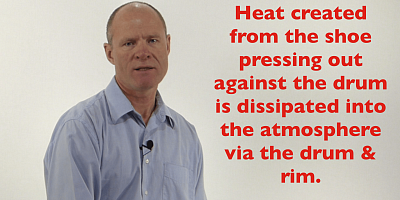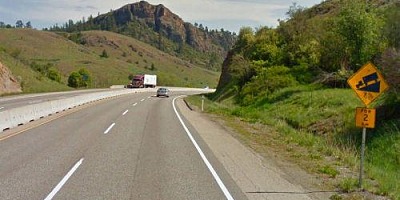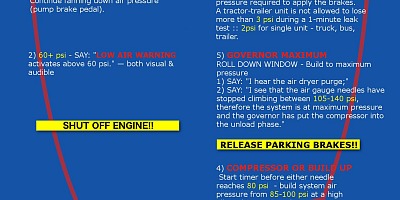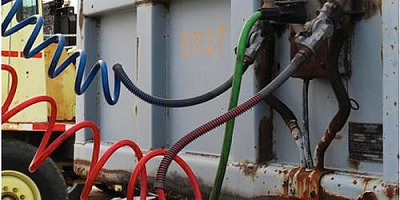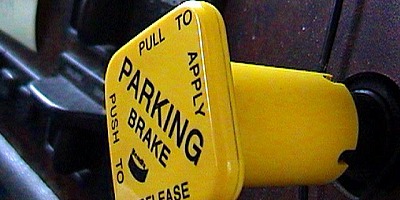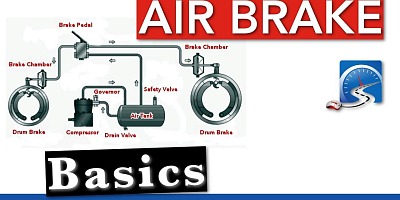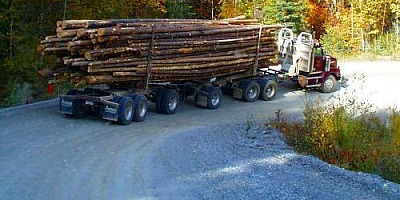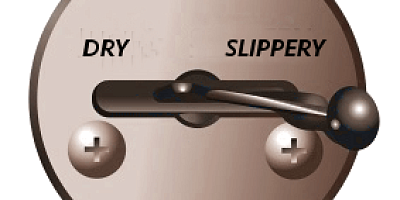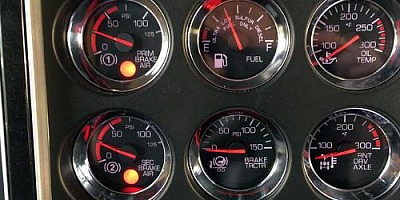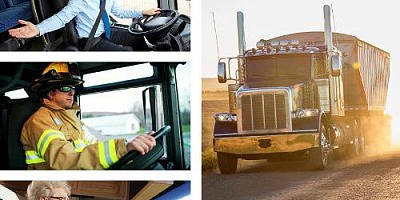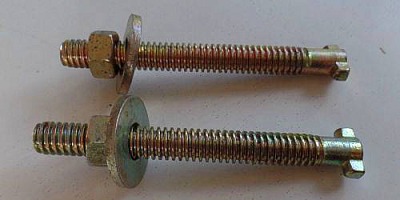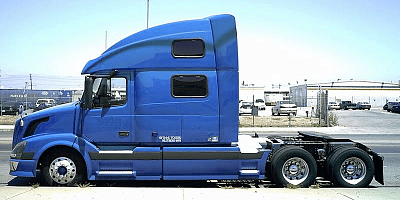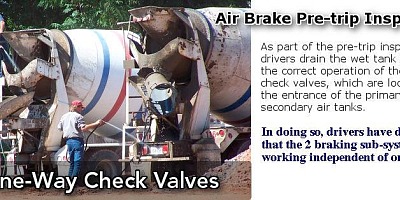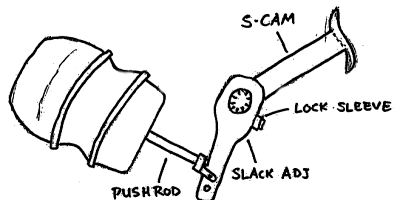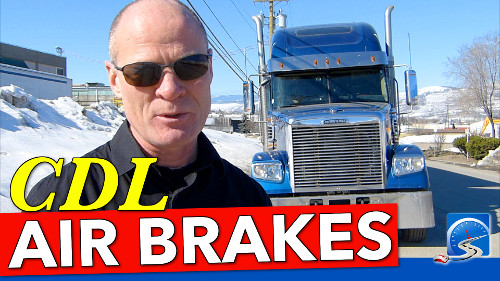
Brake faide is the only reason that a modern air brake system will fail.
With today’s modern air brake systems, brake fade is the only reason that a modern air brake system will fail.
We know that air brakes systems are reliable because these are widely placed on vehicles that transport our most precious cargo – school buses.
When brakes are applied the brake shoes are forced out against the brake drum.
The friction between the brake shoe and the drum creates heat.
Heat is the byproduct of any braking system.
The friction creates drag and slows the wheel.
If the wheel has traction (good contact with the road surface) than the vehicle will slow and come to a stop, under most conditions.
Many commercial vehicles experience brake fade during downhill braking situations.
Still, with advances in engine brake technology a driver has to work “pretty hard” to get an air brake system to experience brake fade and ultimately fail.
If an air brake system fails, the driver has applied the brakes continuously in a hard, downhill braking situation for a long period of time.
Owing to the fact that the brake cannot dissipate the heat, the metal of the brake drum heats up and expands.
If the drum expands enough, the brake shoes will not be able to contact the drum.
When this event happens, your braking system has experienced brake fade and your brakes have failed.
General Rules: Go down the hill in the same gear that you used to climb the hill.
That rule often doesn’t work however owing to the fact that there are a lot of hills in the Rocky Mountains that you don’t have to go up to go down.
The Monte Creek hill from Vernon to Kamloops, BC is one example.
So what do novice drivers do?
Most trucks are now 13 or 18 speed transmissions.
If you are operating a tandem-tandem truck (18-wheeler) and the grade is single digits, than 5th gear with the engine brake on full.
If you are heavier than a tandem-tandem, or the grade is in the double digits, you will want to start down the hill in 4th gear.
If you need to use the brakes while descending the hill, use the brakes intermittently.
Allow the engine to run up to 1800rpm and than using the brakes, brake firmly and bring the tachometer down to 1400rpm.
Release the brakes fully between brake applications to allow the air to cool the brake drums.
Every weekend in British Columbia, air brake instructors instil fear into students: “Using your brakes is bad and you will die.”
Consequently, students are reluctant to use the brakes when going downhill.
Yet, brakes must be used, but used correctly.
If the brakes are used intermittently and have time to cool in between brake application, than these will operate splendidly.



